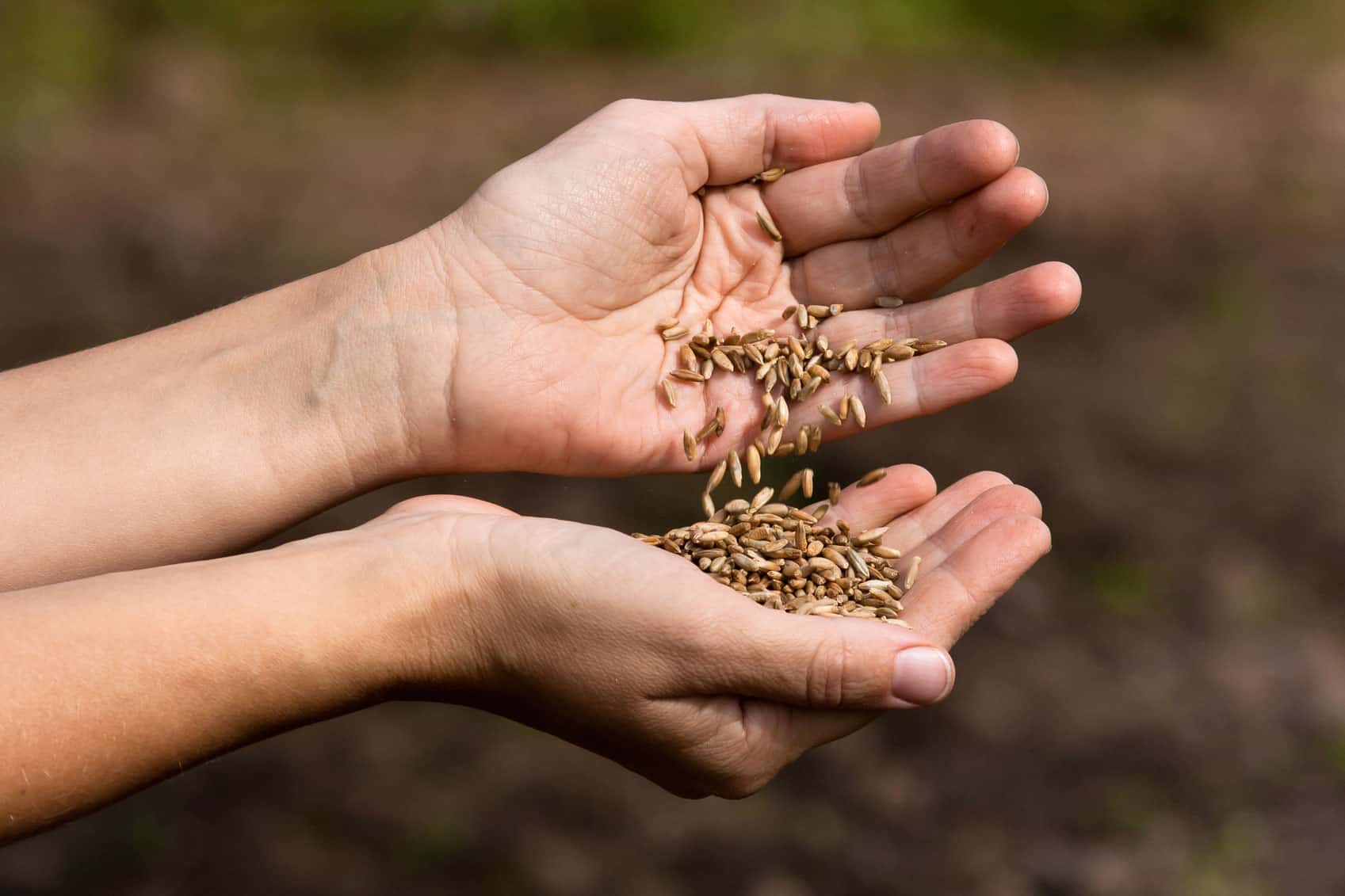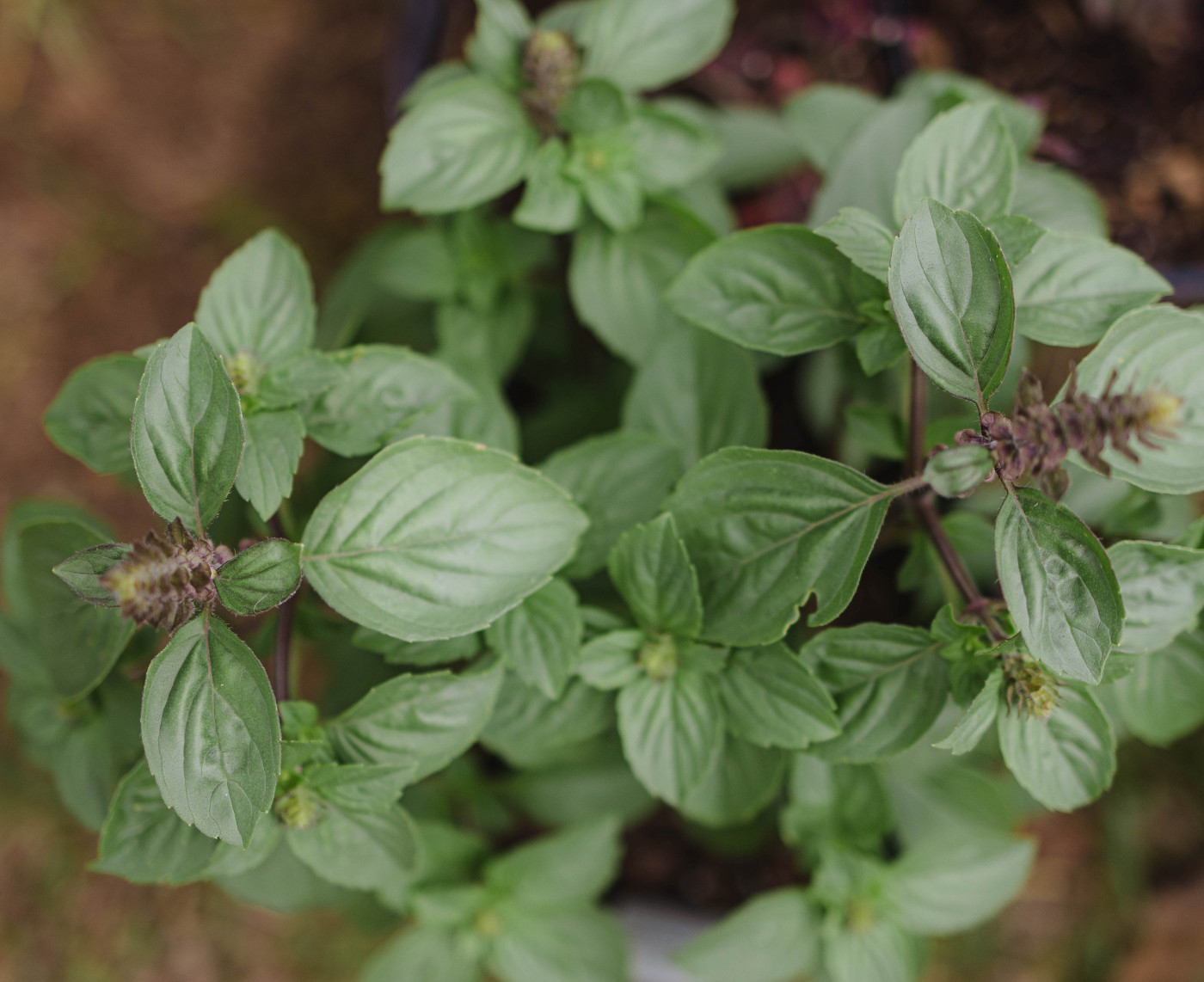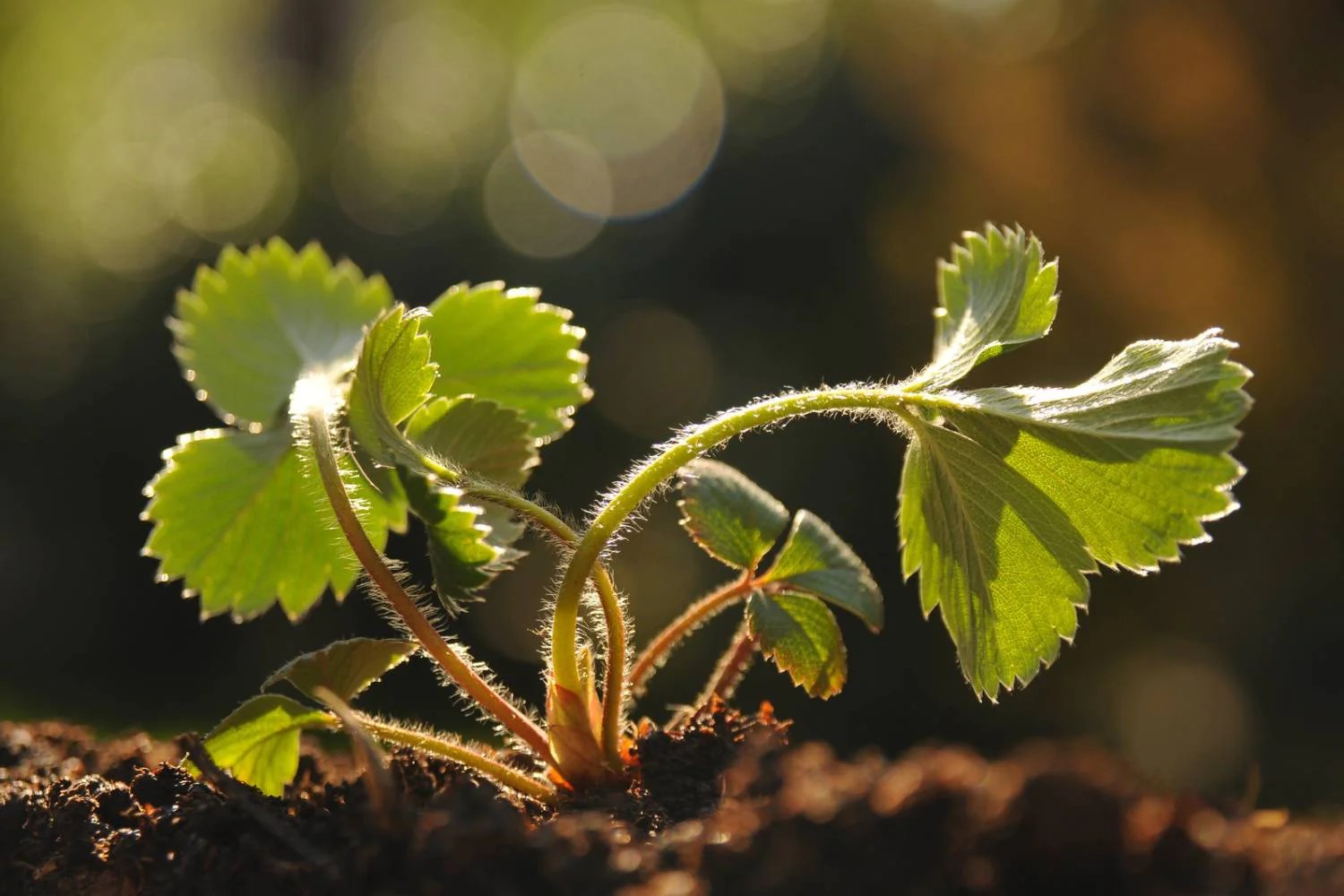Home>Garden Essentials>How To Get Lettuce Seeds From Plant


Garden Essentials
How To Get Lettuce Seeds From Plant
Modified: August 27, 2024
Learn how to harvest and collect lettuce seeds from your garden plants. Essential tips and methods for successful seed saving in your vegetable garden.
(Many of the links in this article redirect to a specific reviewed product. Your purchase of these products through affiliate links helps to generate commission for Storables.com, at no extra cost. Learn more)
Introduction
When it comes to growing your own vegetables, there is something immensely rewarding about being able to harvest the seeds from your plants and grow a new crop for the next season. Lettuce, with its lush green leaves and crisp texture, is a popular choice for home gardeners. While most people buy lettuce seeds from stores or nurseries, did you know that you can easily save lettuce seeds from your own plants?
In this article, we will guide you through the process of obtaining lettuce seeds from your lettuce plants. By following these simple steps, you can save money, preserve heirloom varieties, and ensure a continuous supply of fresh lettuce for years to come.
Key Takeaways:
- Save money and preserve heirloom lettuce varieties by harvesting and storing your own lettuce seeds. It’s a fun and rewarding way to ensure a continuous supply of fresh lettuce for years to come!
- Select healthy lettuce plants, allow them to flower, and harvest the mature seeds to create your own seed bank. By following simple steps, you can enjoy a diverse and unique lettuce crop year after year.
Read more: How To Get Seeds From Lettuce
Step 1: Selecting a Lettuce Plant
The first step in obtaining lettuce seeds is to carefully select a lettuce plant from your garden. Look for plants that are healthy, vigorous, and free from any diseases or pests. It’s important to choose plants that exhibit desirable characteristics such as taste, texture, and color.
If you have multiple lettuce varieties growing in your garden, choose the one that you want to collect seeds from. It’s best to select an open-pollinated or heirloom variety, as these will produce true-to-type seeds, meaning the seeds will grow into plants that are similar to the parent plant.
Make sure the lettuce plant you select has been growing well and is at least two months old. This will ensure that the plant has had enough time to develop mature seeds. Additionally, choose a plant that has been given adequate space to grow and has not been crowded by other plants. This will allow the plant to produce a higher quantity of seeds.
Once you have chosen the ideal lettuce plant, mark it with a ribbon or a tag to identify it for future reference. This will help you keep track of the specific variety and location of the plant when you collect the seeds.
Step 2: Allowing the Lettuce Plant to Flower
After selecting a healthy lettuce plant, the next step is to allow it to go to seed by allowing it to flower. Lettuce plants typically produce small, yellow flowers that develop into seed heads.
As the lettuce plant matures, you will notice the formation of a central stalk with multiple branches. These branches will eventually bear the flowers and seed heads. It’s important to keep an eye on the plant during this stage to ensure you harvest the seeds at the right time.
Depending on the variety of lettuce you are growing, the time it takes for the plant to flower can vary. Generally, it can take anywhere from 6 to 8 weeks after planting for lettuce plants to reach the flowering stage. Keep an eye out for the appearance of the flower buds, as this is a sign that the plant is ready to flower.
While it may be tempting to harvest the lettuce leaves for consumption, it is crucial to resist the temptation and let the plant focus its energy on producing seeds. Allow the flowers to bloom fully and wait for them to start drying out and turn into seed heads. The seed heads contain the lettuce seeds that you will harvest.
During the flowering and seed development stage, make sure to provide your lettuce plant with sufficient water and nutrients to promote healthy seed production. Keep the soil moisture level consistent, but avoid overwatering, as it can lead to fungal diseases and damage the developing seeds.
By allowing the lettuce plant to flower and develop seed heads, you are ensuring the production of viable seeds that can be used for future planting.
Step 3: Harvesting the Lettuce Seeds
Once the lettuce plants have finished flowering and the seed heads have fully developed, it’s time to harvest the lettuce seeds. Follow these steps to ensure a successful seed harvest:
- Choose a dry and sunny day to harvest the seeds. This will help in preventing any moisture-related issues during the harvesting process.
- Using a pair of sharp pruners or scissors, carefully cut off the seed heads from the lettuce plant. Place them in a clean container or a paper bag to collect the seeds. To avoid cross-contamination, it’s best to harvest seeds from one lettuce variety at a time.
- As you collect the seed heads, gently crush them with your hands to release the lettuce seeds. Be careful not to crush them too forcefully, as you don’t want to damage or break the seeds.
- Once you have crushed the seed heads, you will notice a combination of seeds and chaff (dried plant material). To separate the seeds from the chaff, you can use a seed winnower, which blows away the lighter chaff and leaves behind the heavier seeds. Alternatively, you can gently blow on the mixture or use a sieve to separate the seeds from the chaff.
- Inspect the separated seeds to ensure they are clean and free from any debris. Remove any remaining chaff or other impurities.
It’s important to note that lettuce seeds are relatively small and lightweight, so take care when handling and storing them to prevent any loss or damage.
By following these steps, you will have successfully harvested the lettuce seeds, which can be used for planting in the future.
To get lettuce seeds from a plant, allow the lettuce to bolt (produce a flower stalk), then wait for the flowers to turn into seed heads. Once the seed heads are dry, collect the seeds and store them in a cool, dry place for future planting.
Step 4: Cleaning and Drying the Lettuce Seeds
After harvesting the lettuce seeds, it’s essential to clean and dry them properly to ensure their viability for future planting. Follow these steps to clean and dry the seeds:
- Start by placing the collected lettuce seeds in a fine-mesh sieve or strainer.
- Run water gently over the seeds to rinse away any remaining chaff or debris. Move the seeds around with your hand or a spoon to ensure thorough rinsing.
- Continue rinsing the seeds until the water runs clear, indicating that the seeds are clean and free from impurities.
- After rinsing, spread the seeds out on a clean paper towel or a drying screen in a single layer. Make sure the seeds are evenly spaced and not overlapping.
- Place the seeds in a warm and well-ventilated area to dry. Avoid direct sunlight, as it can cause excessive heat, which may damage the seeds.
- Allow the lettuce seeds to air dry completely. This process may take several days to a week, depending on the humidity levels in your area.
- Periodically check the seeds during the drying process to make sure they are not clumping together or showing any signs of mold or rot. If you notice any issues, gently separate the seeds and discard any damaged ones.
Properly drying the lettuce seeds is crucial, as any remaining moisture can lead to mold or rot, rendering the seeds unusable.
Once the seeds are completely dry, they should be hard and brittle. At this point, they are ready for storage.
Read more: How To Plant Lettuce From Seed
Step 5: Storing the Lettuce Seeds
Once the lettuce seeds are completely dry, it’s important to store them properly to maintain their viability and ensure successful germination in the future. Follow these steps to store your lettuce seeds:
- Transfer the thoroughly dried lettuce seeds to a clean and dry container. Glass jars with a tight-fitting lid or seed envelopes are ideal for seed storage.
- Label the container with the variety of lettuce, the date of harvesting, and any other relevant information.
- Store the seeds in a cool, dark, and dry place. A temperature of around 40-50°F (4-10°C) with low humidity is ideal for seed longevity.
- Avoid storing the seeds in areas that are subject to extreme temperature fluctuations or high humidity, such as basements or near heating sources.
- Consider using moisture-absorbing packets or including silica gel packs in the seed storage container to absorb any excess moisture.
- Check on the stored seeds periodically to ensure they remain dry and free from any signs of mold or insect infestation.
- If stored properly, lettuce seeds can remain viable for up to five years, although germination rates may decline over time. It’s a good practice to test the germination rate of stored seeds before planting them in large quantities.
Remember to save some seeds from each harvest and avoid using all of them at once. This ensures that you always have a fresh supply of seeds for future planting and allows you to experiment with different lettuce varieties.
By following these storage guidelines, you can extend the shelf life of your lettuce seeds and have a continuous supply of high-quality seeds for many growing seasons to come.
Conclusion
Harvesting and saving lettuce seeds from your own plants is a satisfying and economical way to ensure a sustainable supply of fresh lettuce in your garden. By following the steps outlined in this article, you can successfully collect, clean, dry, and store lettuce seeds for future planting.
Remember that selecting a healthy lettuce plant, allowing it to flower, and harvesting the mature seeds are the key stages of the process. Cleaning and drying the seeds thoroughly and storing them in a cool, dark, and dry place will help maintain their viability over an extended period of time.
Each time you save lettuce seeds, you have the opportunity to preserve heirloom varieties and create your own seed bank. This allows you to adapt to your specific growing conditions and preferences, ensuring a diverse and unique lettuce crop year after year.
So why not give seed saving a try? Not only will you save money on buying new seeds each year, but you will also deepen your connection to the natural cycle of plants and have the satisfaction of knowing that you played a part in the entire life cycle of your lettuce plants.
Happy seed saving and happy gardening!
Frequently Asked Questions about How To Get Lettuce Seeds From Plant
Was this page helpful?
At Storables.com, we guarantee accurate and reliable information. Our content, validated by Expert Board Contributors, is crafted following stringent Editorial Policies. We're committed to providing you with well-researched, expert-backed insights for all your informational needs.















0 thoughts on “How To Get Lettuce Seeds From Plant”